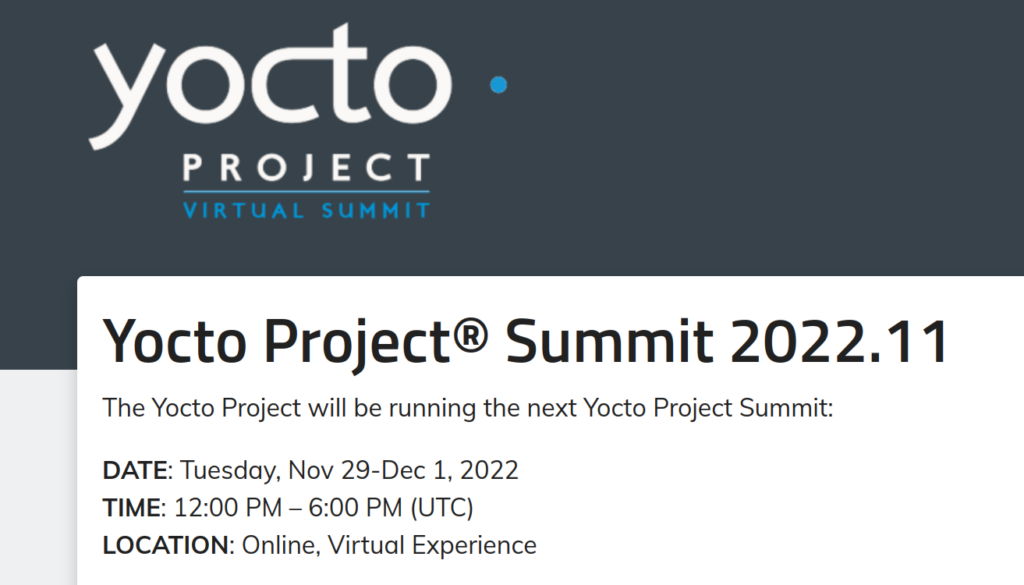 Since its inception, Bootlin has offered training courses on technical topics related to the use of Linux in embedded systems, with freely accessible training materials, and trainers with in-depth and real-life experience in their field. Based on these ideas, we have progressively extended our training portfolio over the years.
Since its inception, Bootlin has offered training courses on technical topics related to the use of Linux in embedded systems, with freely accessible training materials, and trainers with in-depth and real-life experience in their field. Based on these ideas, we have progressively extended our training portfolio over the years.
Today, we are extremely happy to announce a brand new course: Linux debugging, profiling, tracing and performance analysis. Many of our customers working on embedded Linux systems have expressed interest in diving into these complex topics, so we’ve created this course to:
- Give enough background information about how Linux works to be able to have a solid reasoning when investigating performance issues or simply bugs. Our course therefore details how user-space vs. kernel-space works, scheduling, and memory management, as a prerequisite to understanding better how Linux works.
- Give a strong introduction to the most important debugging, profiling and tracing tools in Linux, which are often not easy to get started with. We cover a very large spectrum of tools: strace, gdb, perf, ftrace, LTTng, kgdb, kmemleak, and many more. All these tools are illustrated through practical examples.
See the complete agenda for this course: debugging-online-agenda.pdf. The complete training materials will be freely available after the first session has been delivered, end of November 2022.
This course is currently being prepared by Bootlin engineer Clément Léger, who will also be teaching this course. Clément has a deep knowledge of how CPUs work and how Linux runs on a given CPU architecture, by having ported the Linux kernel to a brand new CPU architecture.
While the first session of this course will be delivered to a private customer, we have already scheduled a first public session which will take place on January 30, 31, Feb 1, 2, 2023, plus an extra session on Feb 3, 2023 if needed to cover all topics/questions. This session will take place each day from 14:00 to 18:00 UTC+1 (Paris time). Registration takes place directly online: the pricing is 569 EUR per seat at the discounted rate, or at 669 EUR per seat at the normal rate.
We can also organize a private session of this course for your team/company, either on-line or on-site: contact us to request a quote if you’re interested.




 Bootlin is really happy to welcome another engineer in its team:
Bootlin is really happy to welcome another engineer in its team:  Since its inception, Bootlin has offered training courses on technical topics related to the use of Linux in embedded systems, with freely accessible training materials, and trainers with in-depth and real-life experience in their field. Based on these ideas, we have progressively extended our training portfolio over the years.
Since its inception, Bootlin has offered training courses on technical topics related to the use of Linux in embedded systems, with freely accessible training materials, and trainers with in-depth and real-life experience in their field. Based on these ideas, we have progressively extended our training portfolio over the years.